NURS 100 fundamentals swami test 14.18.23
Total Questions : 40
Showing 25 questions, Sign in for moreA nurse is teaching a class about the steps of the inflammatory response. The nurse should include that which of the following is the first step in the inflammatory response?
Explanation
The first step in the inflammatory response is the recognition of harmful stimuli by pattern recognition receptors (PRRs) on the surfaces of various cells, including immune cells and non-immune cells. PRRs recognize specific patterns associated with pathogens, damage-associated molecular patterns (DAMPs), and pathogen-associated molecular patterns (PAMPs), among others. This recognition leads to the activation of signaling pathways that promote the recruitment and activation of immune cells and the release of inflammatory mediators, such as cytokines and chemokines.
Once the PRRs recognize the harmful stimuli, inflammatory cells are activated, including neutrophils, macrophages, and dendritic cells. These cells then release inflammatory markers, such as C-reactive protein, which promote the recruitment and activation of more immune cells and further amplify the inflammatory response. Inflammatory pathways are also triggered, leading to the production of various inflammatory mediators and the activation of transcription factors that regulate the expression of genes involved in the inflammatory response.

A nurse is caring for a client who has a diagnosis of Clostridium Difficile and is placed on constant precautions. Which of the following actions should the nurse take?
Explanation
- Remove protective gown before removing gloves.
When caring for a client with Clostridium Difficile, it is important to follow strict contact precautions to prevent the spread of the bacteria. The nurse should remove the protective gown before removing gloves to avoid contaminating the gown with any bacteria that may be on the gloves. This helps to minimize the risk of spreading the bacteria to other clients or healthcare workers.
- Shake bed linens before placing them in a linen bag.
Shaking bed linens can cause any bacteria that may be on them to become airborne, increasing the risk of spreading the bacteria to other surfaces. Instead, bed linens should be rolled up and placed directly into a linen bag without shaking them.
- Use an electronic thermometer to take the client's temperature.
An electronic thermometer is preferred when taking the temperature of a client with Clostridium Difficile because it can be easily disinfected between uses, reducing the risk of spreading the bacteria.
- Remove protective gloves when leaving the client's room.
Protective gloves should be removed before leaving the client's room to avoid contaminating other surfaces or spreading the bacteria to other clients or healthcare workers.
A nurse is assessing a client who was brought to the emergency department. Which of the following should the nurse identify as localized inflammation of the tissues?
Explanation
Localized warmth is a classic sign of inflammation and can indicate the presence of an infection or injury in the affected area. Sanguineous drainage is a type of wound drainage that consists of blood and is not a sign of inflammation. Palpable pedal pulses and full range of motion can provide information about the injury, but they are not specific to inflammation. Therefore, options b, c, and d are incorrect.
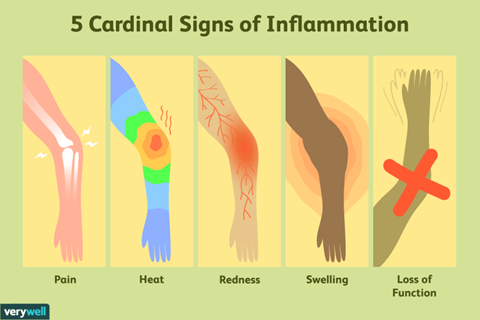
A charge nurse is teaching a newly licensed nurse about fall prevention. Which of the following should the nurse include in the teaching?
Explanation
Fall prevention involves managing a patient’s underlying fall risk factors and optimizing the hospital’s physical design and environment1. Providing under-bed lighting at night can help reduce the risk of falls.
A nurse is reviewing laboratory values for a client. Which of the following findings indicates the presence of an infection?
Explanation
A high white blood cell (WBC) count usually indicates an increase in the production of white blood cells to fight an infection
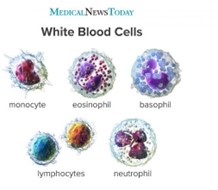
A nurse is assessing a client who is a professional athlete. Which of the following findings should the nurse expect?
Explanation
Professional athletes often have a lower resting heart rate, known as bradycardia, due to their high level of physical fitness.
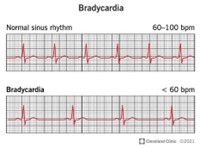
A nurse is caring for a client who is placed on supplemental oxygen for hypoxia. The nurse should identify that which of the following findings indicate the intervention was effective?
Explanation
Supplemental oxygen is administered to increase the amount of oxygen in the body and improve tissue oxygenation. The goal of this intervention is to improve the client's condition and reduce symptoms of hypoxia.
Options a, b, and d are all indicative of ongoing hypoxia and are not desirable outcomes. An increase in heart rate and respiratory rate and restlessness can be a sign that the client is still struggling to breathe and not getting enough oxygen.
Option c, pink mucous membranes, is indicative of improved tissue oxygenation. The mucous membranes, such as those in the mouth and nose, should be a healthy pink color when oxygen levels are adequate. Therefore, the nurse should identify pink mucous membranes as an indication that the intervention was effective in improving the client's hypoxia.
A nurse is teaching a newly licensed nurse about vital signs. Which of the following documentations made by the newly licensed nurse indicates an understanding of the teaching?
Explanation
b. Right radial pulse regular 68/min
This documentation indicates that the newly licensed nurse understands how to measure and document a patient's pulse rate, including the location and regularity. A regular pulse rate is typically between 60-100 beats per minute for an adult, and a pulse rate of 68 falls within that normal range.
The other documentation options are:
a. SpO2 95% - This indicates the patient's oxygen saturation level, but it does not demonstrate understanding of vital signs as it is not a measure of pulse, temperature or blood pressure.
c. Temp 36°C (96.8°F) - This indicates the patient's temperature in both Celsius and Fahrenheit, but it does not demonstrate understanding of vital signs as it is not a measure of pulse, blood pressure or oxygen saturation.
d. BP 148/72 mm Hg - This indicates the patient's blood pressure, but it does not demonstrate understanding of vital signs as it is not a measure of pulse, temperature or oxygen saturation.
Therefore, option b is the correct answer.
A nurse is performing oral care for a client who is unconscious. Which of the following actions should the nurse take?
Explanation
Turning the client to the side can help prevent aspiration while performing oral care on an unconscious patient.
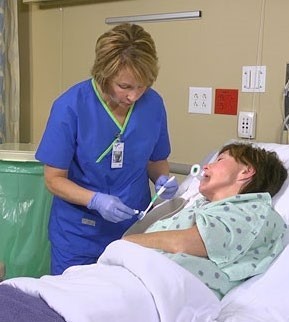
A nurse is assessing a client who reports acute pain at a level of 7 on a scale of 0 to 10. Which of the following findings should the nurse expect?
Explanation
Pain can cause an increase in sympathetic nervous system activity, leading to vasoconstriction and increased heart rate, which can result in hypertension. Pain may also increase the release of stress hormones, such as cortisol and epinephrine, which can further contribute to increased blood pressure.
Bradycardia (slow heart rate) decreased respiratory rate, and hypoglycemia are not typical findings associated with acute pain.
A nurse is preparing to perform hand hygiene with an alcohol-based hand sanitizer. Which of the following actions should the nurse plan to take?
Explanation
When using an alcohol-based hand sanitizer, the nurse should apply the product to the palm of one hand and rub hands together, covering all surfaces of hands and fingers until hands are dry.
A nurse is assessing a client for orthostatic hypotension. Which of the following actions should the nurse take first?
Explanation
Orthostatic hypotension is defined as a decrease in blood pressure of 20 mm Hg or more systolic or 10 mm Hg or more diastolic within three minutes of standing from the supine position1. The first step in assessing a client for orthostatic hypotension is to check their blood pressure while they are lying down (supine position)
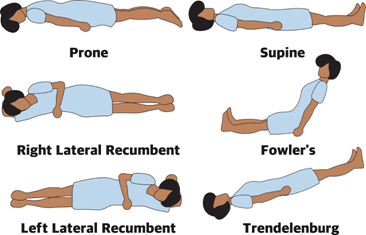
A nurse is caring for a client who acquired hepatitis A from consuming contaminated food. The client’s mouth is an example of which of the following links in the chain of infection?
Explanation
The chain of infection describes how an infection spreads based on six links of transmission: Infectious Agent, Reservoirs, Portal of Exit, Modes of Transmission, Portal of Entry, and Susceptible Host1. In this case, the client’s mouth is an example of a portal of entry, which is the route by which an infectious agent enters a new host1.
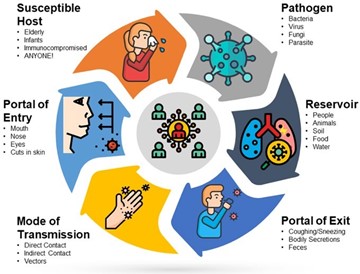
A nurse is caring for a client who has urinary incontinence. Which of the following actions should the nurse take?
Explanation
Urinary incontinence can lead to skin irritation and breakdown if the skin is not properly cleaned 1. Using a pH-balanced cleanser can help maintain the skin’s natural acidity and prevent irritation.
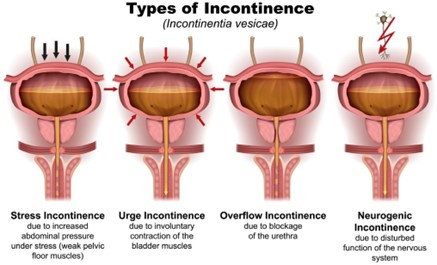
A nurse is assessing a client who has a heart rate of 56/min. Which of the following findings should the nurse expect?
Explanation
A heart rate of 56/min is considered bradycardia, which is defined as a heart rate slower than 60 beats per minute 1. Bradycardia can prevent the brain and other organs from getting enough oxygen, possibly causing symptoms such as dizziness or light-headedness.
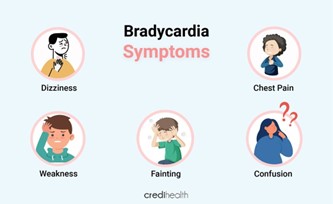
A nurse is caring for a client who has Clostridium difficile (C. difficile). Which of the following actions should the nurse take?
Explanation
Clostridium difficile (C. difficile) is a highly contagious bacteria that can cause diarrhea and colitis 1. To prevent the spread of infection, it is important for the nurse to practice good hand hygiene by washing their hands with soap and water after caring for the client.
A nurse is teaching a newly licensed nurse about measuring body temperature in clients. Which of the following clients should the nurse instruct to obtain an oral temperature?
Explanation
An oral temperature can be obtained in a client who breathes through the mouth. However, an oral temperature should not be taken in clients who have had recent oral surgery, are drinking hot or cold liquids, or have a nasal obstruction that prevents them from breathing through their nose.

A nurse is planning to perform perineal care for a female client. Which of the following actions should the nurse plan to take?
Explanation
When performing perineal care for a female client, the nurse should use soap and water to clean the client’s perineum. This helps to remove any urine or fecal mater and prevent skin irritation or infection. The nurse should also use a clean section of the washcloth for each area cleaned and should clean from front to back to prevent the spread of bacteria from the rectal area to the urethra.


A nurse is caring for a client who has postural hypotension. The nurse assists the client gradually from a lying down to standing position. The nurse should identify that which of the following findings indicates the intervention is effective?
Explanation
Postural hypotension, also known as orthostatic hypotension, is a form of low blood pressure that occurs when standing up from a sitting or lying down position 1. An effective intervention for postural hypotension would be one that helps to prevent a significant drop in blood pressure when the client changes position. A small decrease in systolic blood pressure, such as from 110 mm Hg to 105 mm Hg, would indicate that the intervention is effective in preventing a larger drop in blood pressure.

A nurse sees smoke coming from the central supply room. Which of the following actions should the nurse take first?
Explanation
In case of a fire, it is important to contain the smoke and flames by closing all doors . This can help prevent the spread of fire and smoke to other areas of the hospital and provide more time for evacuation. After
closing all doors, the nurse should follow the hospital’s fire safety plan and take further actions as necessary.
A nurse is observing a newly licensed nurse perform hand hygiene. Which of the following actions by the newly licensed nurse indicates an understanding of the procedure?
Explanation
According to the CDC, practicing hand hygiene is a simple yet effective way to prevent infections in healthcare settings. Hand hygiene means cleaning your hands by washing with soap and water or using an alcohol-based hand sanitizer. When washing hands with soap and water, healthcare workers should wash their hands for at least 20 seconds1. Holding their hands below the elbows while rinsing off soap is a proper hand hygiene technique
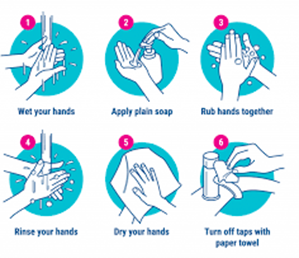
A nurse is assessing a client who has opioid toxicity. Which of the following findings should the nurse expect?
Explanation
Opioid toxicity can cause difficulties with breathing and an opioid overdose can lead to death1. A respiratory rate of 10/min is considered low and could be a sign of opioid toxicity.
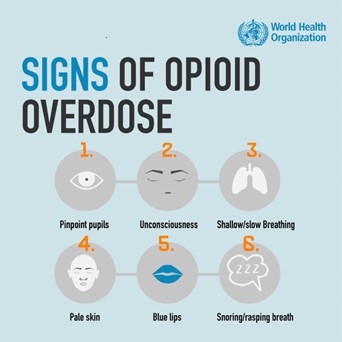
A nurse is caring for a client who is experiencing a seizure. Which of the following actions should the nurse take?
Explanation
When someone is having a seizure, it is important to protect their head from injury. One way to do this is by placing something soft and flat, like a folded jacket or towel, under their head1. It is also important to stay with the person until the seizure ends and they are fully awake, and to help them sit in a safe place after it ends1
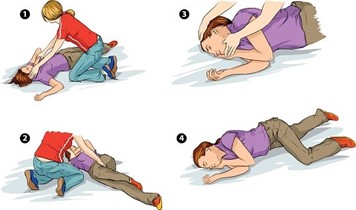
A nurse is preparing to obtain an electronic blood pressure measurement on a client. Which of the following actions should the nurse plan to take?
Explanation
When taking an electronic blood pressure measurement, it is important to properly position the cuff on the client’s arm. The artery indicator on the blood pressure cuff should be aligned with the client’s brachial artery1. It is also important to select a cuff that fits properly and to have the client sit comfortably with their back supported and feet flat on the ground2.
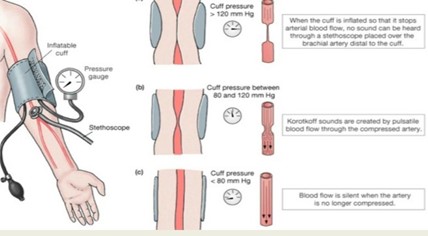
A nurse is planning care for a client who has dehydration and hypotension. Which of the following actions should the nurse plan to take?
Explanation
Dehydration can cause hypotension, so increasing fluid intake can help to restore fluid levels and improve blood pressure1. Mild dehydration can be treated with fluids and electrolytes, while moderate-to-severe dehydration may require treatment with intravenous fluids and electrolytes2.
Sign Up or Login to view all the 40 Questions on this Exam
Join over 100,000+ nursing students using Nursingprepexams’s science-backend flashcards, practice tests and expert solutions to improve their grades and reach their goals.
Sign Up Now

